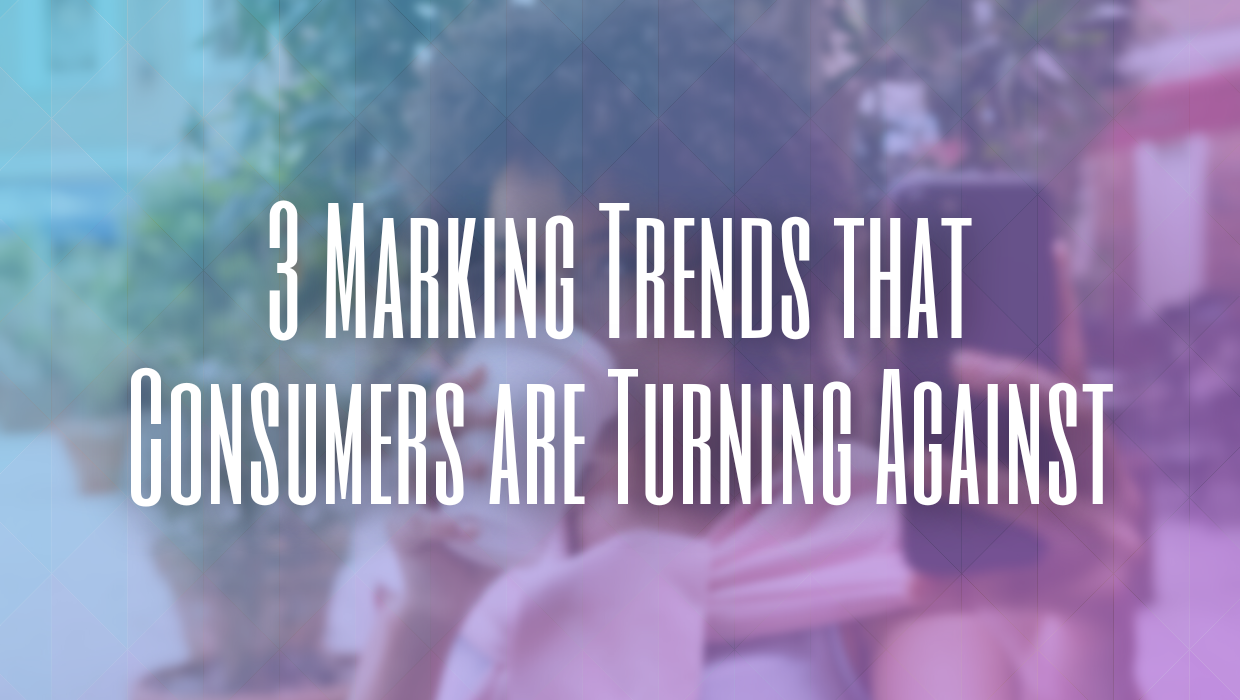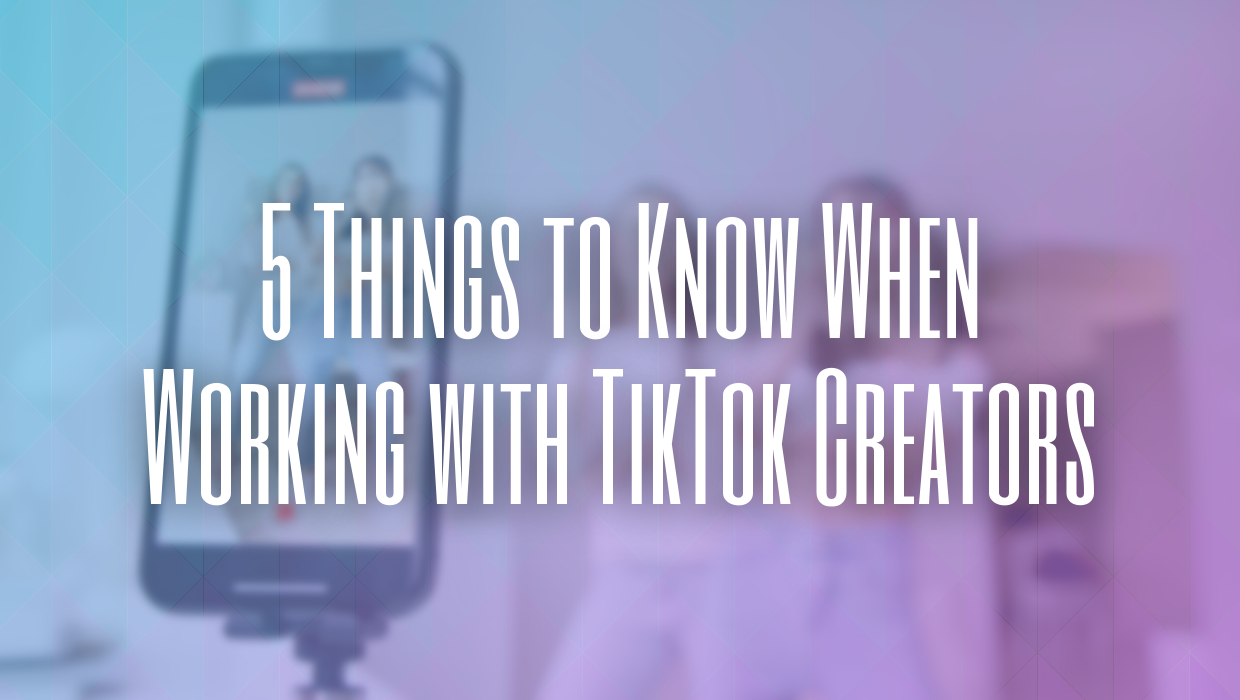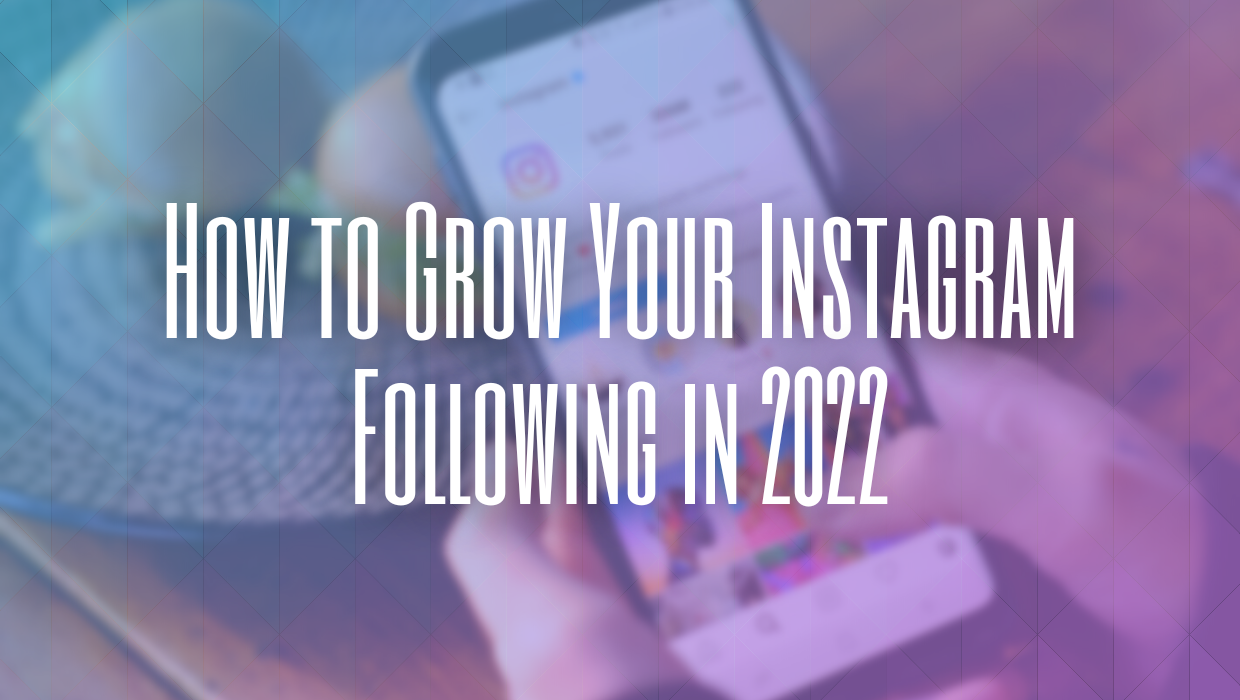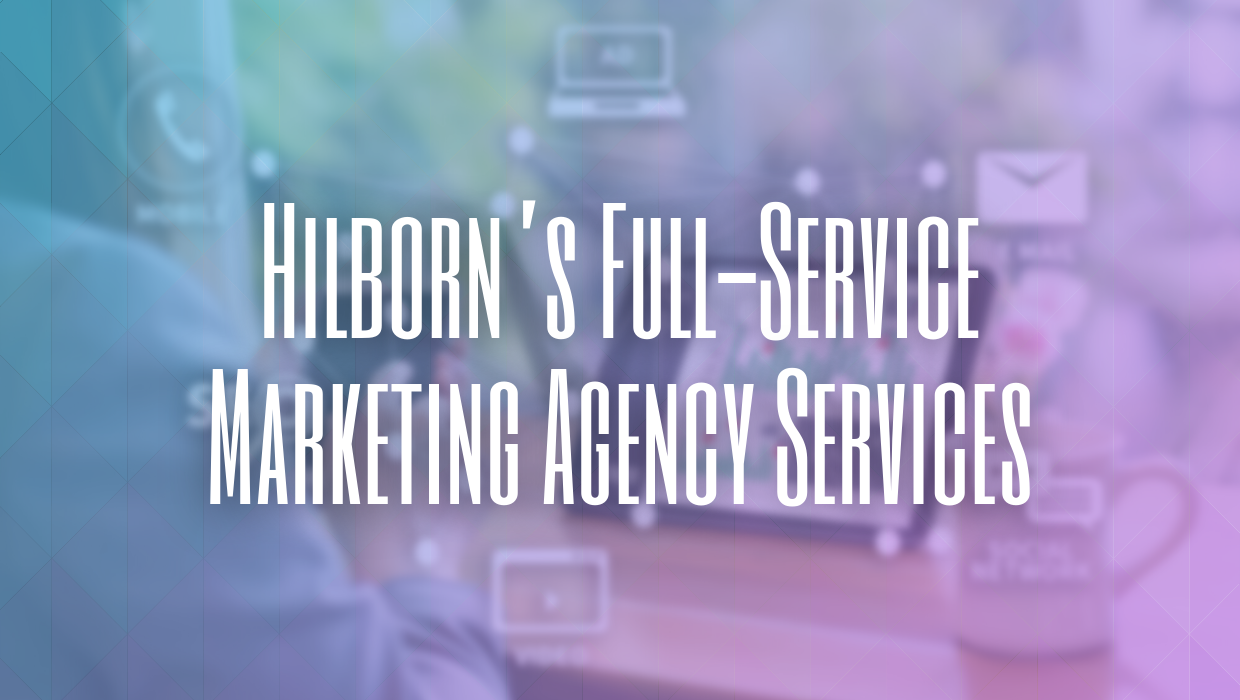We’ve all been taught manners, etiquette, and rules since we were children. It’s how we know the appropriate way to respond and interact in various social situations. When it comes to digital interaction though, social media has its own set of rules that brands, businesses, and individuals need to follow to succeed. With users spending over 2 hours of their day on social media, and with these sites dominating a third of their overall time spent on the Internet, brands can’t afford to insult, annoy, or not connect with their target audience.
Twitter Etiquette
There is general social media etiquette, but each platform has its own individual rules too. Twitter was launched in 2006 and has quickly become a vital vessel for brands to communicate with their consumers. Though 140 characters can be limiting, if you follow these tips any brand can become successful.
-
Twitter Etiquette #1: Don’t send automated messages
- This is the quick and easy way to tell users you don’t care about them to type out a personal individual message. Users are extremely savvy, they’ll know if it’s automated or not. Image your brand was a person and tweet in their voice. Don’t ever send out automated direct messages either. It will signal one thing to your followers: spam.
-
Twitter Etiquette #2: Don’t over use hashtags
- Hashtags are a great way to connect with a topic or a larger discussion. But using too many can turn off followers. A study by Salesforce found that tweets with one or two hashtags receive 21% high engagement than those that have three or more. It’s also never a good idea to hijack another brand’s hashtag. So use hashtags sparingly and smartly.

- Hashtags are a great way to connect with a topic or a larger discussion. But using too many can turn off followers. A study by Salesforce found that tweets with one or two hashtags receive 21% high engagement than those that have three or more. It’s also never a good idea to hijack another brand’s hashtag. So use hashtags sparingly and smartly.
-
Twitter Etiquette #3: Build followers organically
- Building followers organically on Twitter can be a long process, but taking the easier route of buying bot followers or using tricks can backfire. It tells your followers that you’re not using the platform to connect with them, you’re only in it for the metrics.
-
Twitter Etiquette #4: Don’t only use your own content
- A common mistake brands make is only tweeting out their own content. Too much self-promotion over whelms followers and can turn them off. Interact with other brands and individuals. Retweet content you find relevant to your own industry to give your followers variety.
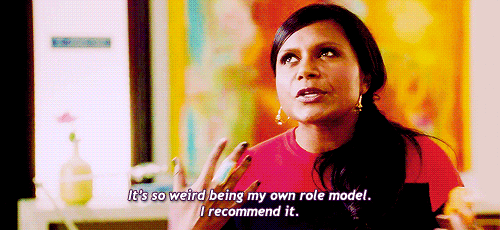
-
Twitter Etiquette #5: Don’t keyword stuff
- Using an abundance of keywords in a tweet is incredibly awkward to read as a follower. Of course, you’ll want to use some keywords, but you want them to be more social than sterile. Remember what we said about tweeting in the voice of your brand, not a robot.
Facebook Etiquette
Facebook has survived longer than some people initially thought. While it’s no longer the hip place where young kids go to get away from their families online (in fact, it’s the opposite now), this platform still has an enormous reach. There are over 20.1 billion active users on Facebook. Make sure you know how to communicate with them.
-
Facebook Etiquette #1: Don’t ignore comments
- People are turning to social media, particularly Facebook, to get information. If a user leaves a legitimate question or comment respond! People engage with brands on social media because of the two-way communication that regular marketing doesn’t provide. You don’t have to engage with every comment or question, but you should answer enough so that users don’t feel ignored.
-
Facebook Etiquette #2: Don’t like your own post
- This one should be a no-brainer, but don’t like or comment on your own posts. After all, you’re the one who posted it, clearly, you like it! It comes off as desperate to users when the brand is kicking off the engagement by liking their own content.
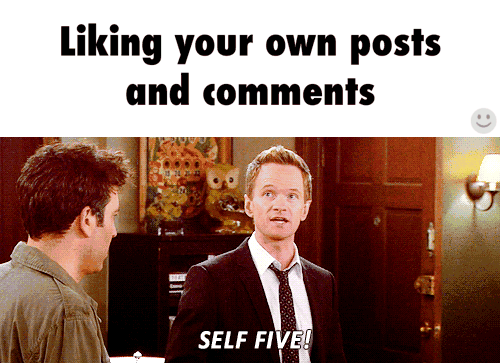
-
Facebook Etiquette #3: Don’t beg for likes
- Posts with the word “like” in them do tend to get more engagement. It’s a common digital marketing tactic to ask followers to engage with content by sharing, liking, and commenting. But there needs to be a balance. Not every post should be asking for likes. This only comes off as desperate which will quickly push users away.
-
Facebook Etiquette #4: Don’t post too frequently
- Sharing too frequently has two major consequences. First, Facebook has an algorithm that will actually cut down how often your posts will appear in users news feed. And two, it will annoy your users. Make sure posts are spread out over the day and only post one every two hours at most.

- Sharing too frequently has two major consequences. First, Facebook has an algorithm that will actually cut down how often your posts will appear in users news feed. And two, it will annoy your users. Make sure posts are spread out over the day and only post one every two hours at most.
-
Facebook Etiquette #5: Don’t tag people in posts
- Tags should be reserved for special occasions. Over tagging a post, whether it’s with people, customers, employees or other brands, can come off as spammy. Only tag when a person created the content, when they are in it, and when you have asked permission.
LinkedIn Etiquette
When it comes to the more professional side, LinkedIn is the place to go. Other social media platforms focus on business to consumer relations. With LinkedIn though, brands have an opportunity to sell themselves to other brands and businesses too. The vibe on LinkedIn is more professional than other social media accounts so keep that in mind.
-
LinkedIn Etiquette #1: Don’t sell yourself immediately
- LinkedIn has groups users can join for certain industries and topics. With over 1.5 million groups on the platform, there is tons of opportunity to show off your brand and sell your vision. There is a fine line between spreading your message and coming off like a sales post though. Think of posts on LinkedIn like meeting another person from your industry. Sell yourself, but sprinkle it in during normal conversation.

-
LinkedIn Etiquette #2: Remember the professional tone
- LinkedIn is a professional social networking site. It drives 9 times as many applications for employment than Facebook. Content your post on other platforms won’t necessarily be relevant on LinkedIn. Keep posts on LinkedIn focused on product updates, industry news, and other professional discussions.
-
LinkedIn Etiquette #3: Don’t beg for recommendations
- Recommendations can make a brand feel good, but you shouldn’t try to buy that authentic feeling. Don’t beg everyone who engages with your brand for recommendations. Only ask for it from consumers or professionals that you know have interacted with your brand, and do so in a personalized message.

Pinterest Etiquette
Pinterest has a unique reach and take on social media. There is less verbal communication that takes place but it’s still a vital platform for many brands. There is a more artsy, craftsy, casual feel to Pinterest. This is one platform that brands should only be on if it fits. An interior designer or fashion brand would do well, but an accountant probably wouldn’t.
-
Pinterest Etiquette #1: Don’t pin broken or incorrect links
- Pinterest actually drives more referrals than Google+, YouTube and LinkedIn combined. But pinning bad links can make your brand look bad. Your audience on Pinterest doesn’t want a roadblock to getting to the information the pin promised. Make sure you check that the links are working before you pin.

-
Pinterest Etiquette #2: Spread out your pins
- Pinning too much at once will spam your followers. Like with other platforms, it’s important to spread out your content. Pin overload can clog up your followers’ feeds and turn them off. When you spread out your pins users remember that you’re there and have had enough time to be ready to engage with your content again.
-
Pinterest Etiquette #3: Pin other material
- This is a rule that is common for multiple platforms, as we’ve seen. Pinning only your own material isn’t the best way to reach your audience. Repinning other content shows your audience that you’re listening to them. Pin material that resonates with your brand and that will engage your followers.
-
Pinterest Etiquette #4: Provide a description
- Images need descriptions because it’s not always clear what a pin is about or why your followers should care. Pins without descriptions, or without good descriptions, will get ignored. Make sure you provide an accurate explanation of a pin and why it’s relevant.
-
Pinterest Etiquette #5: Don’t plagiarize
- Plagiarizing is wrong in any instance, but it becomes tricky on social media. What plagiarism is n’t always clear-cut. Content creation takes hard work, so treat others’ work as you would want your own to be treated. Give credit where credit is due.

Instagram Etiquette
Building a brand image up on Instagram is both the best and the hardest. It only works for brands with visual content, but when 32% of all Internet users are on Instagram it’s important you show them the right things.
-
Instagram Etiquette #1: Don’t post too often
- Like we said, this is a pretty standard rule among most social media platforms. For Instagram, don’t post any more than 3 times a day. There are some exceptions if it’s a big event like Fashion Week or a fantastic vacation.
-
Instagram Etiquette #2: Be Consistent
- Consistency is key when it comes to Instagram. You want your followers to know who’s posting without seeing the name. Images should all be subject matter related to your brand and have a similar look. Using the same filter or look helps achieve this.
-
Instagram Etiquette #3: Use location tags
- Instagram offers you the ability to tag the location of your picture for a reason. It’s a way to localize your images and get more engagement. Make sure your brand is putting in the location for every picture to tap into that area.

-
Instagram Etiquette #4: Hashtags can be used more frequently
- There isn’t a hard and fast rule when it comes to hashtags on Instagram. Some say you shouldn’t use more than four, and others say to use as many as you want. Luckily with Instagram, it’s easy to hide an abundance of hashtags. Take some time to figure out if using more hashtags boosts or lowers engagement and go from there.
-
Instagram Etiquette #5: Don’t hide sponsored content
- Influencer marketing has taken off in a big way and the main platform for it is Instagram. Obviously, posts from your own Instagram that feature your products don’t need to be tagged as ads or sponsored. But make sure you follow the Federal Trade Commission’s (FTC) rules. Make it clear if you’re posting an ad for another brand and that your influencers dot he same. Hiding sponsored posts will only result in bad news.

General Social Media Etiquette
There are some general social media etiquette rules that every brand should follow no matter what they do or what platform they’re on. Some of these are common rules brands should follow both in the regular and digital world and others are a little newer.
-
Social Media Etiquette #1: Be polite
- Be polite on any and all social media platforms. This means different thing to different brands. Some have a more professional manner and other’s can be more fun. But always say please and thank you. Don’t get mad when you receive criticism either. This also means you should watch your language. Most brands won’t do well when dropping F bombs.

-
Social Media Etiquette #2: Match the tone of the conversation
- Certain social media sites and certain topics will have their own tone. Learn how to adjust your content and tone to fit with every scenario. See how other brands are communicating and if they’re successful and build off of them.
-
Social Media Etiquette #3: Use the first plural when talking
- Remember those grade school grammar lessons? The first plural is words like “we” and “us”. Using these words when talking about your brand make your company sound bigger and adds team spirit. It makes your brand sound like a community that your followers will want to be a part of.

-
Social Media Etiquette #4: Know when and how often to post
- Every social media site has its own golden hours and days to post during. Learn when they are and schedule posts accordingly. A lot of sites even have analytics now that tell you when your posts get the most engagement. Find the balance between post frequency too. Posting too little or too much can be the kiss of death for your brand. Like Goldilocks, you need to find the middle.
-
Social Media Etiquette #5: Find your brand voice and stick with it
- You may not find your online voice or image right away. It can take some time to play around until it sticks. Once you find it though, stick with it. Like we said, pretend your brand is a person and then use their voice when posting online. Brands have personalities just like humans, so discover it and develop it.

Summary
To summarize this all, social media is important and each site has their own rules and manners brands need to adhere to. Be personable; never sound automated or a robot. Find your brand image and voice and posts consistently. Don’t post too frequently. Always be polite, respond professionally, and match the tone. If you follow these etiquette tips your brand is sure to thrive online.

Contact us if you have any questions or are interested in our social media marketing services. We look forward to hearing from you.


